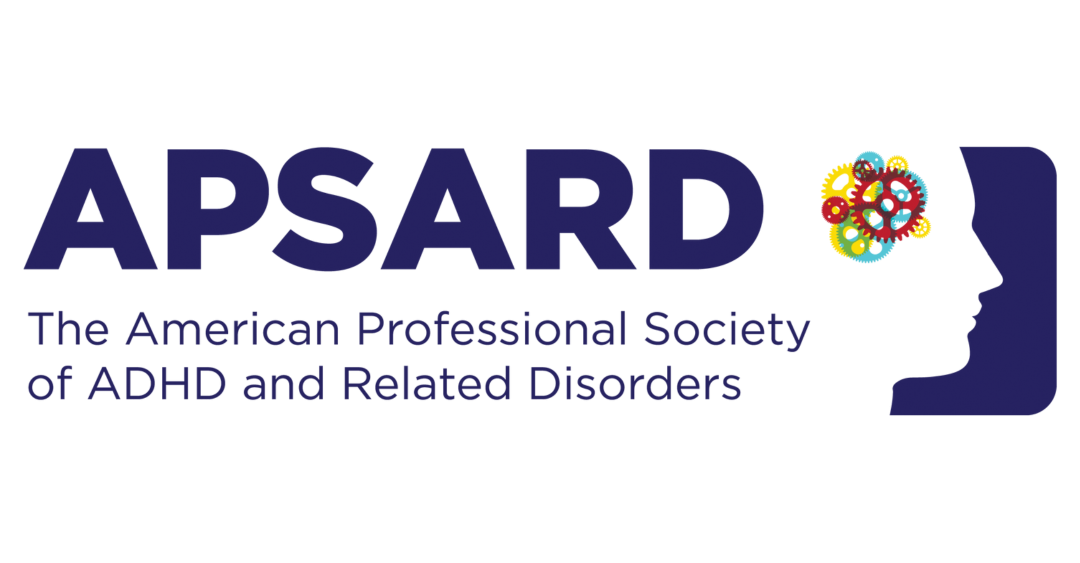
New APSARD Strategic Plan!
VISION, MISSION, VALUES
VISION
Improving the lives of people with ADHD
MISSION
Promote interdisciplinary communication among researchers, clinicians, and educators to enhance the care for individuals living with ADHD throughout their lifespan. This is achieved by advancing and disseminating scientific knowledge in collaboration with researchers and practitioners in order to implement evidenced-based practices and policies.
VALUES
Commitment to:
• Excellence in science and practice
• Integrity in education
• Diversity, equity and inclusion
• Well-being of the community
GOALS
Advance and disseminate the research base in ADHD and promote the translation of the findings for clinical practice
Objectives
• Improve access to the latest science and evidence-based practices for treatment of ADHD
• Increase training opportunities at all levels
• Establish a research plan
• Promote generative discussions amongst researchers and practitioners
Understand and address the needs of the communities related to ADHD
Objectives
• Gain insights through active engagement
• Collaborate with partner organizations
• Reflect the biopsychosocial determinants of ADHD course and outcome
• Address the intersectionality of ADHD and adverse health outcomes
Expand opportunities for engagement and professional enhancement with APSARD
Objectives
• Maintain and expand opportunities for clinicians and researchers to interact
• Become a primary educational resource for ADHD
• Develop value proposition for membership
• Build alliances with national and international professional organizations
Strengthen the standing of APSARD as a leading and respected voice in ADHD
Objectives
• Lead by example in support of the ADHD communities
• Communicate the value of APSARD
• Diversify funding sources for research, education and advocacy
• Actively participate in advocacy and policy fostering the well-being of the ADHD communities
